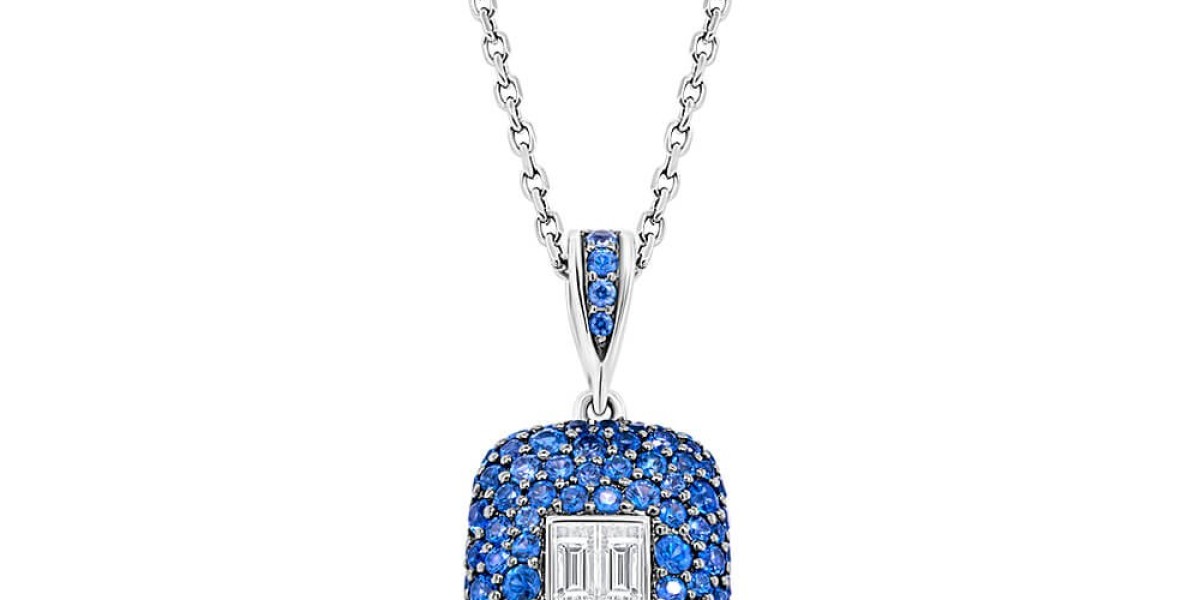Over-retouching is a common pitfall, especially for beginners eager to impress clients or achieve a flawless image. Excessive smoothing, overly brightened eyes, or unnaturally white teeth can make a photo look artificial. This not only compromises the subject's natural beauty but also damages your credibility as a professional. Strive to enhance rather than overhaul the image.
Maintaining Skin Texture
One of the primary areas where over product photo retouching occurs is skin editing. Removing every blemish, pore, or wrinkle can result in an unnatural plastic-like appearance. Always aim to maintain realistic skin textures by using tools like frequency separation or dodge and burn techniques instead of relying solely on blur tools.
Ignoring Color Consistency Across the Image
Over-Saturation Issues
While vibrant colors can make an image stand out, over-saturation often leads to harsh and unnatural tones. This is especially evident in skin tones and backgrounds. Always balance the saturation levels to retain authenticity while making the image pop.
Mismatched White Balance
Incorrect white balance can create jarring contrasts within an image, especially if you’re working on multiple photos from the same shoot. Always ensure that the white balance is consistent and complements the overall tone of the photograph. Use reference images or presets for better consistency.
Neglecting Proper Workflow
Skipping Non-Destructive Editing
A destructive workflow, where edits are made directly on the original layer, limits your ability to adjust or revert changes. Always use adjustment layers, smart objects, and masks to ensure your edits are non-destructive and reversible.
Failing to Save Iterations
Relying solely on a single file can lead to catastrophic losses if something goes wrong. Save your work in iterations with clear labels and use cloud storage or external drives to create backups. This practice ensures you can return to previous stages of your work if needed.

Overlooking the Importance of Calibration
Uncalibrated Monitors
If your monitor’s colors and brightness are not calibrated, your edits may appear inconsistent across devices. This is a critical issue, particularly for print work, where colors must match the final output. Invest in a monitor calibration tool to ensure accuracy.
Incorrect Viewing Environment
Editing in a poorly lit room or under strong ambient light can skew your perception of colors and tones. Ensure your workspace has neutral lighting conditions to make accurate adjustments.
Ignoring Subtle Details
Overlooking Background Elements
A cluttered or distracting background can detract from the subject, even if the primary jewelry retouching work is flawless. Pay attention to these elements and use tools like content-aware fill or cloning to clean up the background.
Forgetting About Shadows and Highlights
Ignoring the natural play of shadows and highlights can result in a flat, lifeless image. Adjust these elements carefully to add depth and realism without making them appear artificial.
Poor Time Management
Spending Too Much Time on Minor Details
While attention to detail is essential, spending excessive time on small imperfections can hurt productivity. Prioritize edits that have the most significant impact and set time limits for each section of your workflow.
Rushing Through Edits
On the other hand, rushing through the editing process can result in missed details and inconsistent quality. Allocate sufficient time to review your work thoroughly before finalizing it.
Overlooking File Formats and Export Settings
Using Incorrect File Formats
Saving your work in the wrong format can affect quality and usability. For instance, exporting as a JPEG for print may cause compression artifacts. Always use lossless formats like TIFF or PNG for high-quality output and reserve JPEGs for web use.
Ignoring Resolution Requirements
Exporting an image at the wrong resolution can compromise its appearance on different platforms. Ensure that your export settings match the intended use, whether it’s for print, web, or social media.
Misjudging Client Expectations
Assuming Instead of Asking
Failing to communicate with clients about their expectations can lead to dissatisfaction and revisions. Always clarify the desired style and level of photo retouching before starting the work to align your efforts with their vision.
Ignoring Feedback
If a client provides feedback, dismissing it can harm your professional relationship. Take constructive criticism seriously and adjust your work to meet their needs while maintaining your artistic integrity.

Skipping the Final Review
Neglecting to Zoom Out
Focusing on individual details without looking at the overall composition can result in a disjointed image. Always zoom out periodically to assess the image holistically and ensure all elements work harmoniously.
Forgetting Cross-Platform Checks
An image that looks perfect on your editing screen may appear different on another device. Check your work on various screens and under different lighting conditions to ensure consistency across platforms.
Conclusion: Strive for Balance and Precision
Photo retouching is as much about restraint as it is about skill. By avoiding these common mistakes and adopting a methodical approach, you can produce professional-quality work that enhances your subject’s natural beauty and meets client expectations. Remember, the goal is to improve, not alter the essence of the image.



